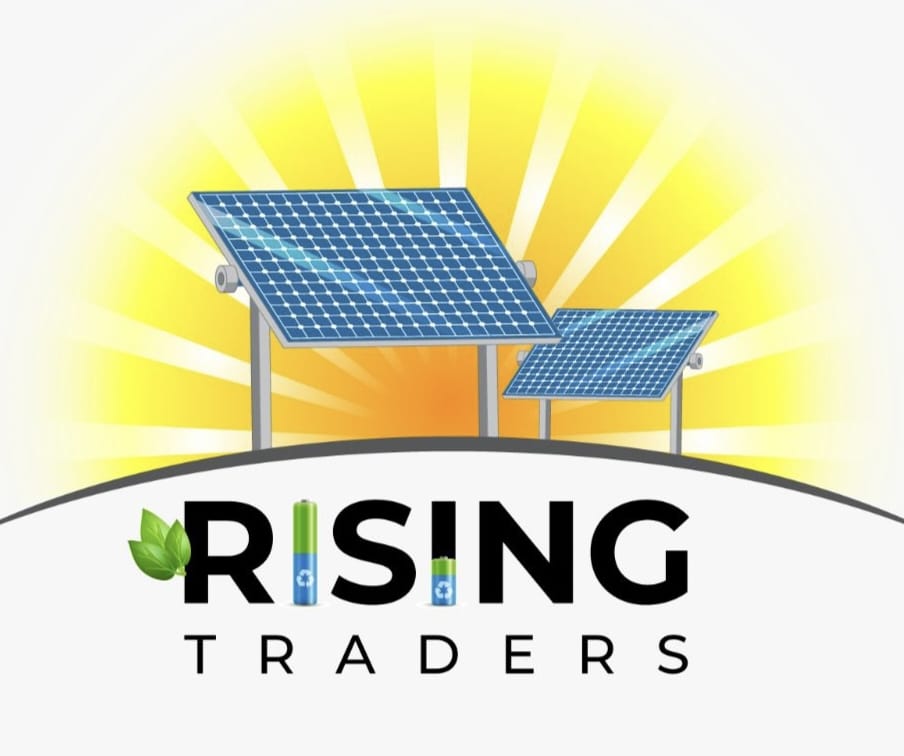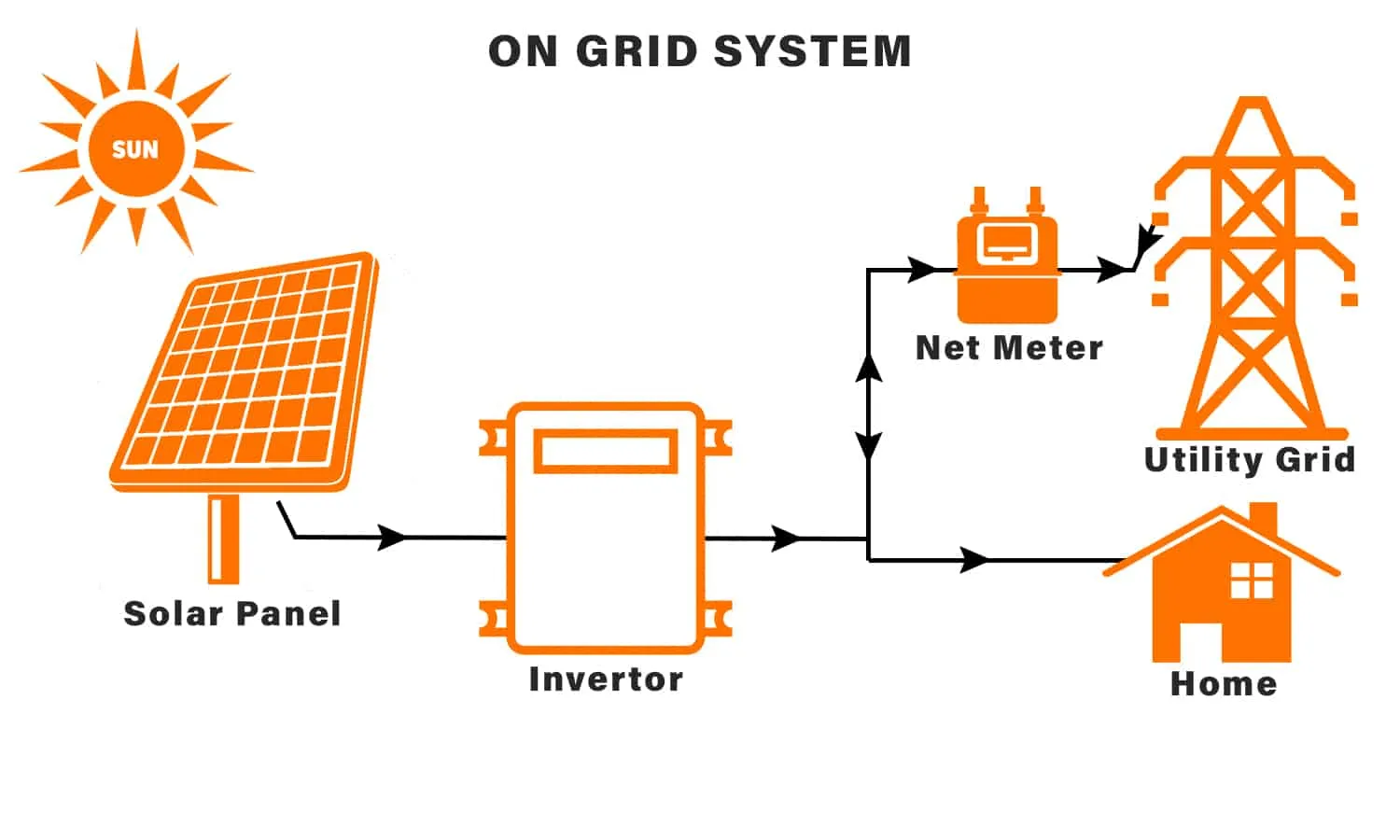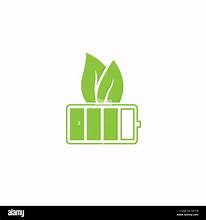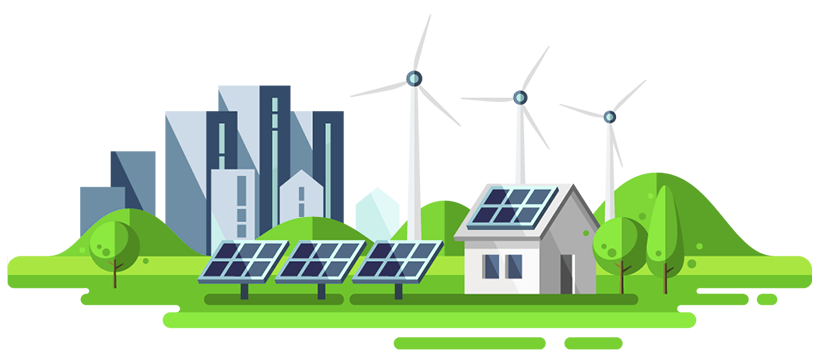


An on-grid solar panel system, also known as a grid-tied solar system, is a renewable energy solution that connects directly to the public electricity grid. It uses solar panels to capture sunlight and convert it into electricity through an inverter. The generated power is used to meet the household or commercial electricity needs, and any excess energy is fed back into the grid. This surplus can earn credits or payments from the electricity provider through a mechanism called net metering.
On-grid systems are highly cost-effective since they eliminate the need for batteries, reducing installation and maintenance costs. These systems work best in areas with reliable grid power and are ideal for urban and semi-urban environments. During the night or on cloudy days when solar production is low, electricity is automatically drawn from the grid, ensuring uninterrupted power supply.
The system is environmentally friendly and helps reduce electricity bills while promoting energy independence. With government subsidies and incentives in many regions, on-grid solar systems have become an increasingly popular choice for homes, offices, and industries aiming to reduce their carbon footprint and long-term energy costs.
Solar panel installation in Lucknow on an on-grid setup will continue to generate electricity throughout the day. With no backup for power interruptions, this power can either be used immediately or exported to the grid. The method uses the same amount of power from the electrical grid if it ever runs out. Therefore, under this scenario, a user will never run out of power. Similar to this, any surplus energy generated by the system is fed into the grid. An on-grid system has the benefit of giving the customer a credit on his electricity bill for the extra power he delivered to the grid. His electrical costs will consequently go down. Before establishing an on-grid solar system, always consider your home's energy usage, solar potential, solar electricity needs, etc.
Solar panels receive light from the sun, which is used to produce power. With the aid of the inverter, this DC from the sun is transformed into AC, which is subsequently used by customers in their homes or any commercial establishment. Any solar system’s functions up to this point are identical. Beyond this is where the big distinction lies. There are two possible paths for the excess energy produced after the power that we consume:

In an on-grid solar system, it can either be stored in batteries for use at a later time throughout the day.An on-grid solar system, also called a grid-tied solar system, is a solar power setup directly connected to the local electricity grid. It uses solar panels to generate electricity.

Fed to the grid (on-grid solar system). Your electricity bill is lowered for the quantity of power that you have sold to the power grid based on the feed-in-tariff rates (tariff determined by the government, for purchase of the solar power generated from solar plants) in your area.
We are the top solar system installer in Lucknow and we list down below the components comprising Solar System:

The on-grid solar system's main parts are solar panels. They collect solar energy and transform it into electricity, making up over 50% of the system's cost.

Protection mechanisms like surge arrestors, breakers, and grounding are used to protect the solar system from faults.

Used to prevent lightning from striking the on-grid solar system.

Includes items for setup like cabling, mounting frameworks, junction boxes, etc.

Thunderstorm protection for the system is provided using an earthing kit.

Converts DC from solar panels into usable AC supply.

Transfers electricity using solar cable. Both AC and DC wires are used depending on the panel type.

Used to manage and transfer power from panels to the inverter and into the AC grid.
The consumer will always have access to power and will never experience a power outage thanks to the ability to use either solar power or the main power grid.
You can keep track of how many units you transmitted to the power grid with the aid of a net meter installed at your home and get a credit for that in your home electricity bill...
You should install an on-grid solar system primarily to lower your electricity costs...
An excellent investment choice is a grid-connected solar system. It has a five-year payback period...
Working in tandem with the grid is the on-grid system...
An on-grid system's installation is simple and can be completed by oneself on a rooftop...

